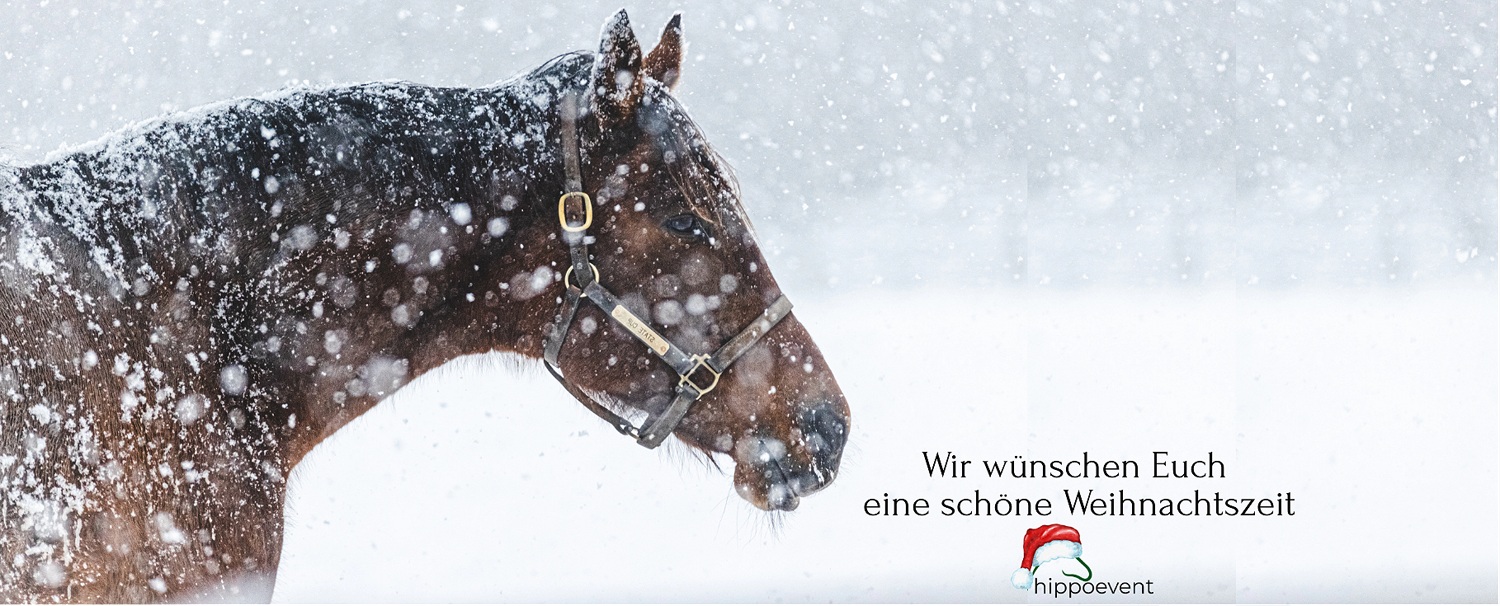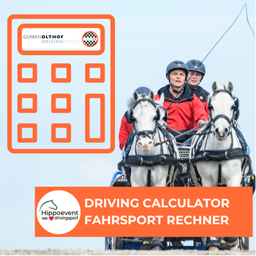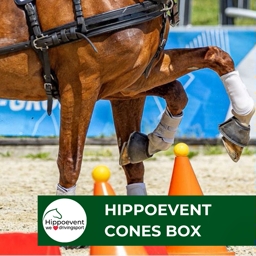 LINK | Thoughts on the Horse and Carriage in Combined Driving… by Martha Hanks-Nicoll & Richard Nicoll | USA - Retired FEI Officials
LINK | Thoughts on the Horse and Carriage in Combined Driving… by Martha Hanks-Nicoll & Richard Nicoll | USA - Retired FEI Officials
In the late 1960’s the first rules for our sport of Combined Driving were drawn up. For the most part, those competing drove original, traditional carriages. Moving forward to 1972, the rules became more specific, adding weights and dimensions of vehicles among other things.
Looking at for example, the General Marathon description. The 1972 FEI Rules regarding the Marathon, Art 924.1 states, "The Object of Section B - the Marathon - is to test the standard of fitness and stamina of the horses and the judgement of pace and horsemastership of the Competitor.”
Not substantially different in purpose since 1972, the 2023 Rules in Article 959 state: “The objective of Marathon is to test the fitness, stamina and training of the Horses, and the driving skill and general Horsemanship of the Athlete."
However, the reality is that a comparison of the 1972 Rules further describing the Marathon will show that the 2023 specifications for the current Marathon diverge greatly according to the evolution of the sport. What follows is a little background and a few comparisons that aim to foster some thinking and discussion as to where the sport of Combined Driving is going.
(FEI 1972) Art. 925 The Course
1. The Course will not be less than 24 Kms (14.9 miles) and not more than 32 Kms (19.8 miles), on roads and tracks typical of the country where the competition takes place. Such a course should include gateways, sharp turns, and similar natural hazards, to test the ability of the competitor and obedience of the horses. Should the terrain of the country not provide any such type of hazards, the organizers should construct similar suitable hazards.
Thus, we have our first mention of what has evolved to what are now called Obstacles. Further a critical divergence is that there was no timing through these “Hazards”, just the overall time in each section.
The chart below describes the distances, pace, average speed for the section and the minutes per kilometer for each of the five sections making up the Marathon.
|
Section |
Distance |
Pace |
Average Speed |
Minutes per Km |
|
A |
8-13 km |
TROT |
14 Kph |
4 min 18 secs |
|
B |
800-1200m |
WALK |
7 Kph |
8 min 35 secs |
|
C |
5-8 Km |
FAST TROT |
15 Kph |
4 mins |
|
D |
800-1200 m |
WALK |
6 Kph |
10 mins |
|
E |
8-11 Km |
TROT |
12 Kph |
5 mins |
In Continental and World Championships the Organisers may increase the length of the course to 43 Kms (26.1 Miles)
How different to our current competitions!
The marathon then was a test of endurance, horsemanship, and pacing. Currently the marathon competition has been reduced in distance to emphasize a Section B including the 7-8 Obstacles. Fitness has less emphasis with speed within the Obstacles the defining factor.
In the 1972 Rule book the Width of the Carriages 160 Cm (designed intentionally for Fours and Pairs of Horses) In the 1972 Rules under Article 904.3 it states, “The outside track width of the widest pair of wheels may not be greater than 160 centimetres (63 inches).”
And 904.4 states, The vehicle must weigh at least 500 Kilogrammes (1102 pounds).
This applied to all phases of the competition, Dressage, Marathon, and Cones.
As Obstacles were not timed and setting a pace for the defined speeds throughout, galloping through “Hazards” was never seen.
Moving forward in time it evolved that most obstacles where now specifically designed and constructed. Rules started mentioning dimensions within the Obstacles, such as a track width of 2.5 m as we see today.
Today we see the dimensions of Dressage and Marathon set with minimum vehicle widths.
Dressage vehicles: Horse Fours 158 cm, Horse Pairs 148 cm. etc.
Marathon vehicles: 125 cm whether Four, Pair or Single, Horse or Pony vehicle.
In 2023:
Dressage carriage measurements are still based on traditional vehicles.
What are marathon vehicle widths based on?
Is the measurement based on the narrowest one could safely use to drive horses through the 2.5 track widths?
Or is it one width for all competitors to keeping the playing field fair?
What was the thought in terms of the horse?
When the first Marathon carriage widths came out, there were no bendy poles and Course Designers designed courses with 2.5 M gaps with greater frequency. Though now 3m gap is more the norm. When the delayed steering mechanisms came in the resulting aid for accuracy saw speeds increase.
Now we have the indoor circuit for Fours. Same Marathon Carriages driven at very fast speeds. It can be observed that the wheel horses in fours do not have much room when galloping in which to move their legs freely in the outside of a turn. The width of the carriages has given us the width between the traces (minimum 55 cms, 21.6 ins)
The measurements seem to be rather arbitrary and outdated given where the sport is today and where it seems to be going.
Is it not time to think in terms of what we are asking of the horse?
If we are going to continually reward the fastest, must we not design our equipment to allow the horse the freedom to move easily at the gallop.
For those who visit the Royal Windsor Horse show you may have seen the Kings Troop Royal Horse Artillery, in their performance with 6 horses pulling a Gun and Limber at the full gallop. They do not lock their wheel horse in tight to the gun pole, knowing the job these horses are asked to do relies on balance and the freedom to move when galloping, particularly on rough ground or around corners.
The measurements we currently have now seem to suit the Pony and Single turnouts.
But for the wheel horses in the Fours and also the Pairs are the current measurements any longer horse friendly?
If we are going to continually reward the fastest, must we not design our equipment to allow the horse the freedom to move easily at the gallop.
For those who visit the Royal Windsor Horse show you may have seen the Kings Troop Royal Horse Artillery, in their performance with 6 horses pulling a Gun and Limber at the full gallop. They do not lock their wheel horse in tight to the gun pole, knowing the job these horses are asked to do relies on balance and the freedom to move when galloping, particularly on rough ground or around corners.
The measurements we currently have now seem to suit the Pony and Single turnouts.
But for the wheel horses in the Fours and also the Pairs are the current measurements any longer horse friendly?
Martha Hanks-Nicoll USA – ret. FEI Judge Level 4
Course Director: Judges
Richard Nicoll USA – ret. FEI Course Designer & Technical Delegate Level 4
Course Director: ret. Course Designers & Technical Delegates
Chairman des FEI Driving Committees 2001 – 2011
Member FEI Honorary Board
Many thanks to Martha Hanks-Nicoll & Richard Nicoll for this guest report.

What do you think about this topic?
We would be pleased if you would send us your opinion, comments or remarks. Of course, we guarantee you absolute discretion and confidentiality.


















